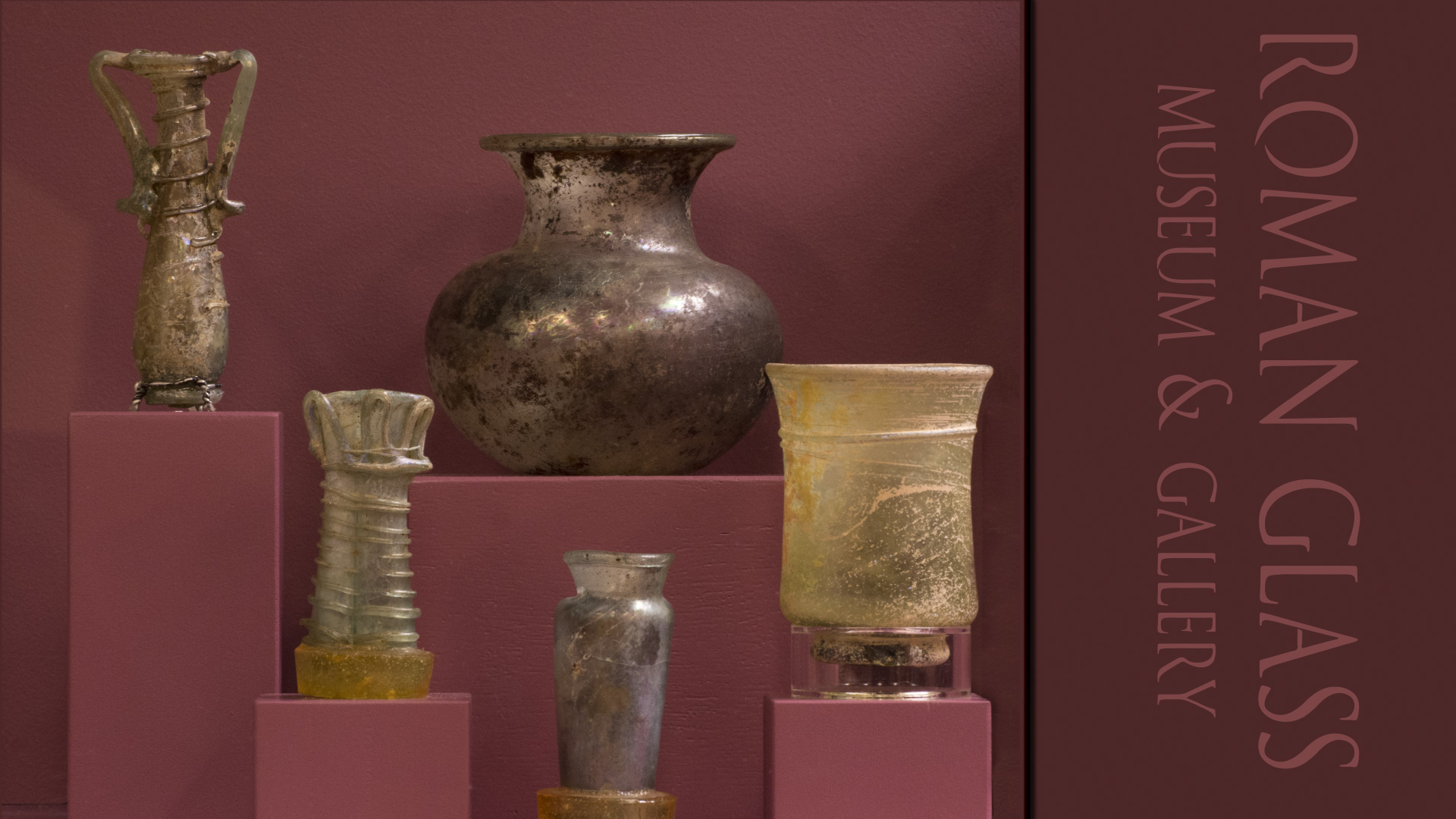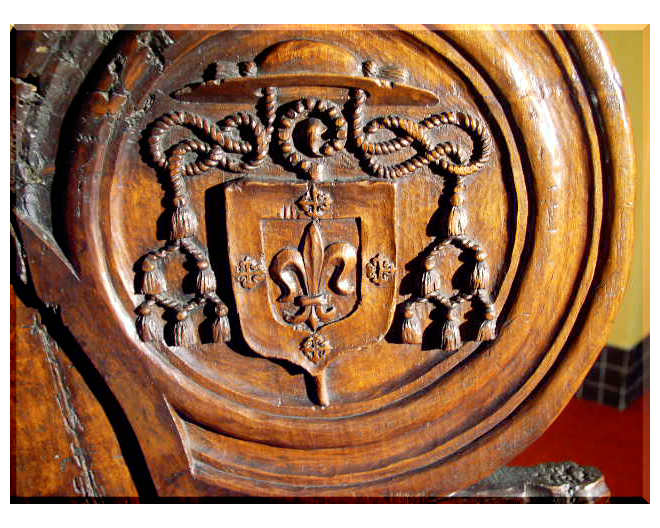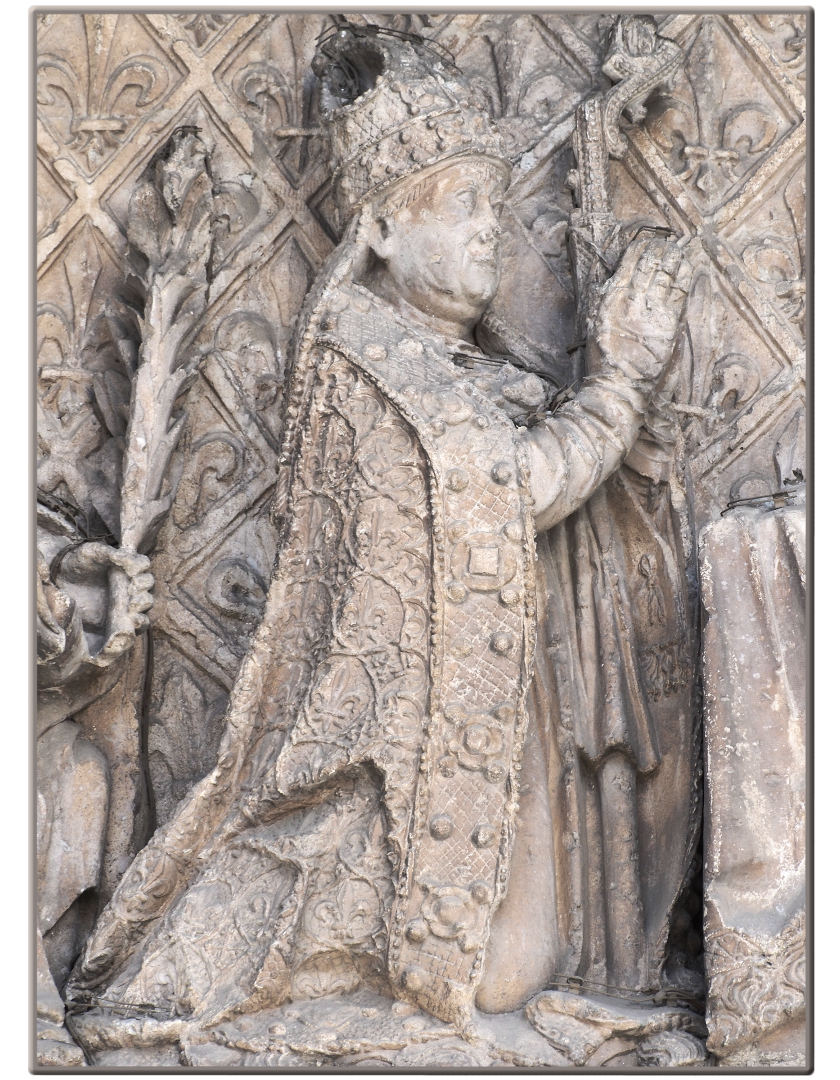Roman Glass
Roman, circa 3rd-4th century AD
Iridescent Glass Vase/Jar
Roman, circa 1st-2nd century AD
Iridescent Glass Double Unguentarium
Roman, circa 3rd-4th century AD
Iridescent Glass Medicine or Perfume Jar
Roman, circa 1st-2nd century AD
Iridescent Glass Cup
Roman, circa 2nd-3rd century AD
Roman, circa 1st-2nd century AD
On loan to Museum of the Bible, Washington, DC
Iridescent Glass Bowl
Roman, circa 1st-2nd century AD
On loan to Museum of the Bible, Washington, DC
Iridescent Glass Medicine Bottle
Roman, circa 1st-2nd century AD
On loan to Museum of the Bible, Washington, DC
Glass, a practical material as well as an artistic art form, was first created more than a thousand years before the Romans conquered the world. Even though the Romans did not invent the scientific process of creating glass, they are recognized as skilled craftsmen in the art.
Roman glass like the uniquely shaped forms in M&G’s Bowen Collection of Antiquities begs the viewer to study ancient glass. What makes it iridescent? What was it used for? Was it just for the wealthy?
The word iridescence is defined by Merriam-Webster as “a lustrous rainbowlike play of color caused by differential refraction of light waves (as from an oil slick, soap bubble, or fish scales) that tends to change as the angle of view changes.” M&G’s Roman glass did not begin as an iridescent piece. The iridescent effect was created by the slow decomposition of the glass over time. The alkali in the glass was drawn out and then mixed with the water within the soil in which it was buried, thus leaving colorful hues on the outside of the glass.
Roman glass bowls and bottles were used to hold precious liquids: oils, perfumes, ointments, cosmetics, medicine and perhaps tears of a grieving loved one. While some speculate that tear bottles were not actually used to capture a grieving person’s tears, Scripture gives credence to the idea in Psalm 56:8, “Thou tellest my wanderings: put thou my tears into thy bottle: are they not in thy book?” The romance of capturing one’s tears only makes the bottle all the more mysterious and beautiful.
Roman glass was readily available and affordable for the common person to own—so prevalent, that third-century Emperor Gallienus refused to drink from a glass “because nothing was more common.” However, Emperor Tacitus who followed Gallienus’s reign “took great pleasure in the diversity and elaborate workmanship of glass.” These beautiful glass receptacles might have once been owned by a slave, plebeian, patrician, or emperor. Regardless, though, ancient examples of glass are well preserved and have turned more beautiful over time.
To view Roman glass from the Bowen Collection of Antiquities, visit The Museum of the Bible in Washington DC, where many M&G antiquities are currently on loan.
Angie Snow, Museum Educator
Published in 2019




